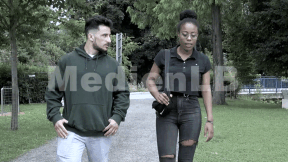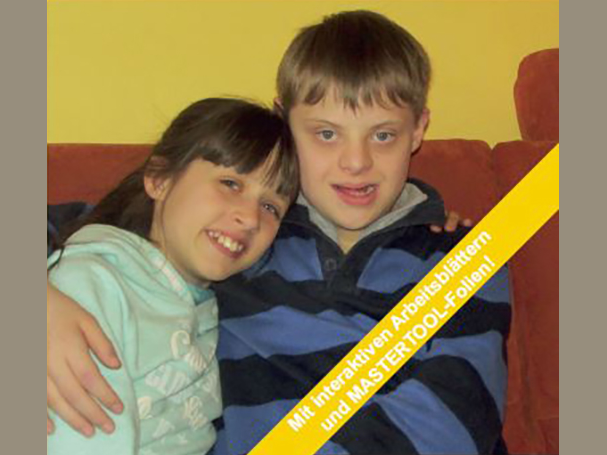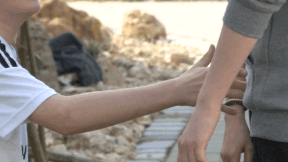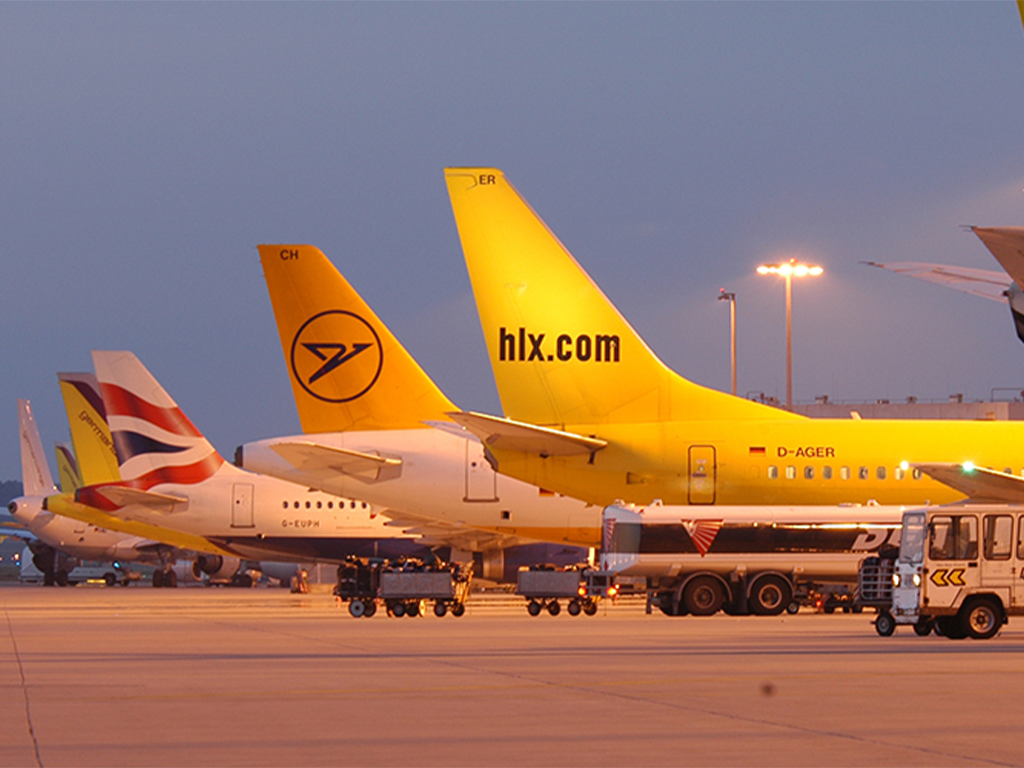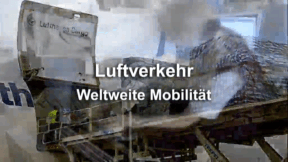 Grundschule, Religion
Grundschule, Religion
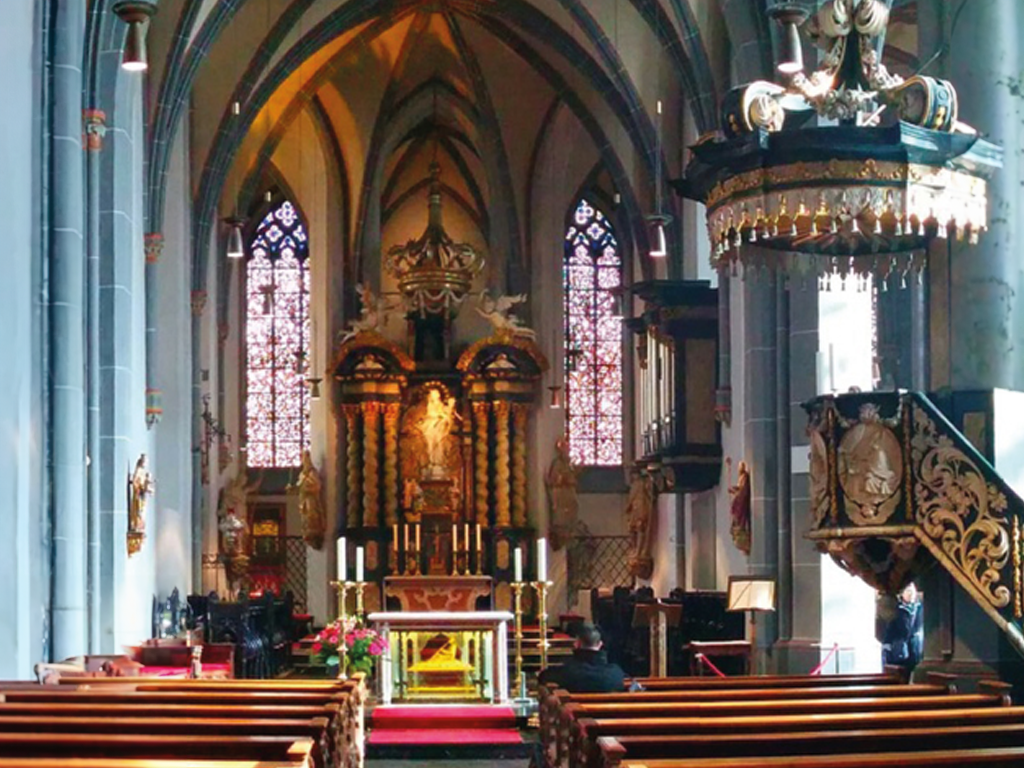

4677108 / 5564397
Kirchen
Ausstattung und Räume
Kirchen haben eine lange Tradition und von außen sind sie heute meistens gut erkennbar. Aber wie sehen Kirchen eigentlich von innen aus? Denn egal ob alt oder neu, groß oder klein ─ so unterschiedlich sie auch aussehen, die meisten Gegenstände findet man in jeder Kirche. Der erste Blick, wenn man eine Kirche betritt, fällt meist auf den Altar und auf das über ihm hängende Kreuz. Für die Hostien, die den Christen so wertvoll sind, gibt es in der Kirche einen ganz besonderen Platz ─ den Tabernakel. Im Tabernakel werden die geweihten Hostien nach dem Abendmahl aufbewahrt. In der Nähe des Tabernakels hängt das ewige Licht.
Grade in älteren Kirchen findet man häufig eine Kanzel. Auf der Kanzel wird das Wort Gottes gelesen und für die Gemeinde ausgelegt. In katholischen Kirchen gibt es statt oder auch zusätzlich zur Kanzel einen sogenannten Ambo – das ist ein Sprecherpult, von dem aus der Pfarrer zur Gemeinde spricht.
Um ein Christ zu werden, wird man getauft. Deshalb findet man in jeder Kirche auch ein Taufbecken.
Es gibt noch viel mehr in einer Kirche zu entdecken. Was genau, seht ihr in unserem Film!
Gemeinsam mit dem umfangreichen Unterrichtsmaterial (klassische und interaktive Arbeitsblätter, Testaufgaben, Lehrtexte etc.) ist der Film sehr gut für den Einsatz im Unterricht geeignet.
Trailer abspielen


Lehrplanzentral und an den Bildungsstandards orientiert
Passend dazu
Air Traffic
Being able to fly has been a dream of humanity from time immemorial. But it does not even date back a century that people actually started being able to travel through the air. Since the 1960s, the number of flight passengers has been constantly increasing. Thus, the airspace is no longer dominated by birds but by man-made flying objects.





